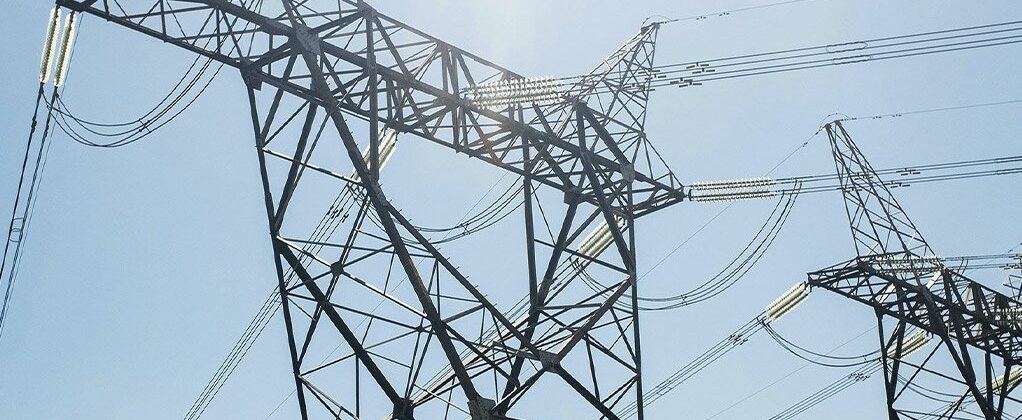by Flextra Engineered Products 0 comment
Roll out transmission line projects to save steel sector, says HDGASA
Industry trade association the Hot Dip Galvanizers Association Southern Africa (HDGASA) has called on government to start releasing gazetted infrastructure builds, streamlining independent power producer and public-private partnership agreements and providing orders and timelines for the delivery of infrastructure projects, such as the transmission line expansion projects.
The construction of an estimated 14 000 km of transmission lines, which will require at least 450 000 t of steel over the next eight to ten years, will have a significant impact on the industry, says HDGASA executive director Robin Clarke.
The association has also called for the Steel and Metal Fabrication Master Plan, or Steel Masterplan, to be revised to focus on the upstream supply chain, such as steel producers, and on downstream businesses, including hot dip galvanisers, to address the steel sector challenges.
“These sectors have unique challenges, but a commonality between the two is that both are losing jobs. An increase in steel demand and volumes will reverse this negative trend, and robust steps to ensure this is achieved must be a priority,” he says.
Complicated policies take too long to implement. A balanced perspective focused on the retention of local production capacity for strategic reasons, as well as for job creation, will have a very positive domino effect, and give companies an opportunity to reinvest, modernise and become competitive.
“The complex subset of issues that has plagued individual steel sector role players can be addressed further down the line. Once we have created the necessary volumes, steel companies in the upstream and downstream sectors can lobby government regarding the specific subset of problems that impacts them.
“While there is no one silver bullet or instant panacea for the steel industry, introducing demand-driven volumes will effectively buy the industry more time to reassess its challenges, and look at why the steel sector is not competitive,” he emphasises.
The HDGASA will add its voice and make recommendations on behalf of the galvanizing sector to government to revise policy.
The association will also call on government to play its part by providing the industry with the much-needed volumes to ensure its future viability and sustainability, he adds.
Further, agreement must be reached against a broader backdrop of the downstream steel value chain recovery.
The South African steel sector has been in decline since 2014. Although it has the capacity to produce about ten-million tons of steel a year, current consumption hovers around four-million tons, of which 13% to 15% is imported.
Lack of demand and falling volumes have driven up local steel prices, which is exacerbated by increasing input costs, the energy crisis and infrastructure bottlenecks. This has also coincided with a global steel oversupply, which saw international prices fall and exporters ready to sell cheaply into struggling markets, such as South Africa, Clarke highlights.
An immediate challenge is the precarious state of the balance sheets of many State-owned enterprises, which may tempt some to bypass the South African manufacturing sector and buy cheaper imported steel.
“In our view, the Steel Masterplan had merit but failed owing to its complexity.
“The danger now is that as soon as any revision of the Steel Master Plan is published for public comment, there will be objections. Given the current state of the steel sector, it simply does not have time for these delays, and a carefully considered revision of the Steel Masterplan may rescue and spark much needed economic growth,” he notes.

